Are you a nature lover just like me? I mean, who is not! People love growing plants and do gardening in their backyards. But what if people do not have enough space in their backyards to grow more plants? Well, that would be extremely disheartening, I guess.
Keeping that in mind, our team has sorted this issue, and now you can grow indoor plants. But the major element for perfect growth is proper lighting. Need to know what color light
The Purple or Blue Light
Scientists have assured that blue or purple light is needed to keep the plant growth thick and heavy. However, when it comes to Red and Green, it seems that there is a minimal effect on the growth of a plant. This shows that, though it looks uncomfortable, Red and Blue LED lights and Full Spectrum grows lights are much related.
Different Lights with Different Uses
One light is not needed for plants; different lights have different usage for plant growth:
For Pigments

Plants take all their energy from light for photosynthesis, so to get it, they have pigments and molecules that suck a particular wavelength of light and reflect all others. That reflected light is the only color that you see. Other than this, there are many pigments involved in the process of photosynthesis, like Chlorophyll and Carotenoids, which are explained below:
- Chlorophyll is the essential pigment found in plants that do not swallow much of green light, reflecting it away from plants. That is the reason plants look green. In addition, it works well for photosynthesis, i.e., absorbing light energy and converting it into plant energy.
- Carotenoid – These are the second important pigment plants have, which are responsible for red, orange, and yellow colors a plant or fruit carries during fall or lack of chlorophyll. They help in light absorption and transferring energy to the chlorophyll, protecting it from photodamage, which usually occurs when a plant gets higher light levels than needed.
For Seedlings and Clones
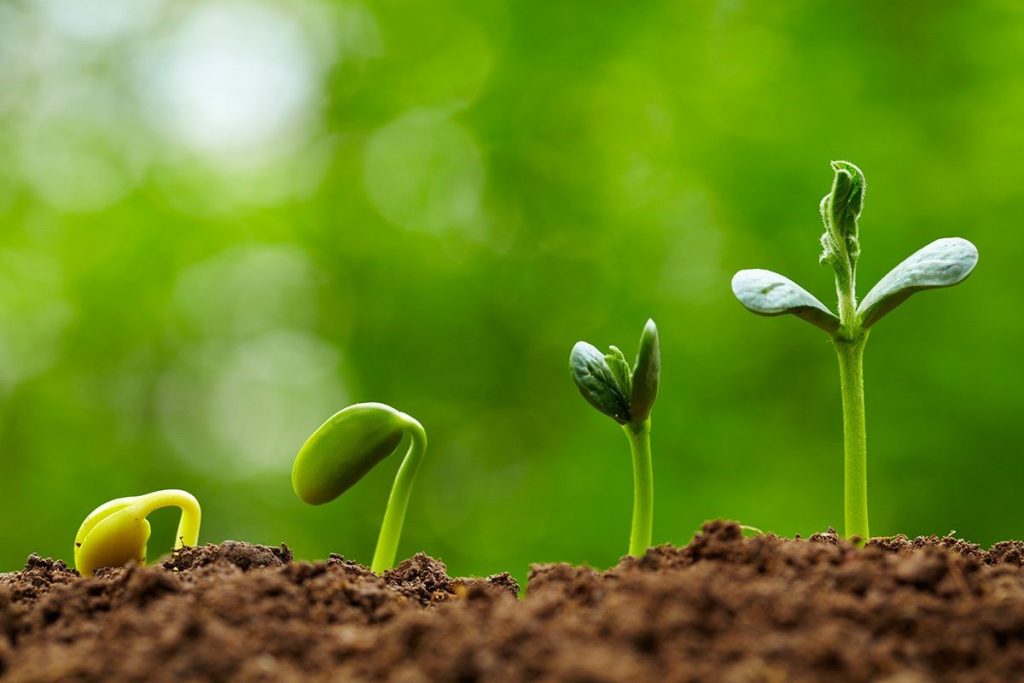
Plants at the stage of seedlings need extra light from the blue spectrum. For basic lighting, you will need daylight bulbs at the Kelvin scale’s higher end. Try using bulbs with the range of 5000 kelvin or up. Fluorescent grow lights work wonderfully for seeds and clone’s cultivation as neither do they get heated nor light goes intense. Metal Halide bulbs are suggested for HID grow lights but cannot be considered the perfect light because they emit intense light.
For Vegetative Growth
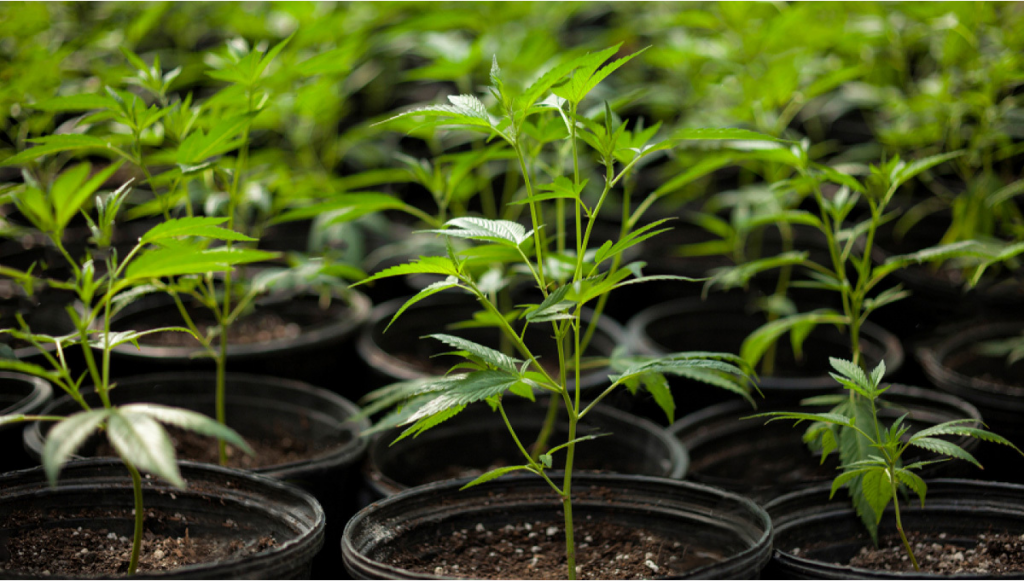
Like seedlings and clones, plants in the vegetative level are also supposed to get blue lights at the higher end of the Kelvin scale but at an intense level. We can observe that metal halide lights are far more intense than fluorescent ones, so it is better to use fluorescent lights for plants that demand less light, like green leafy plants and few herbs. You must use bulbs with the kelvin range of 5000-7500 for vegetative growth.
For Flowering and Fruiting
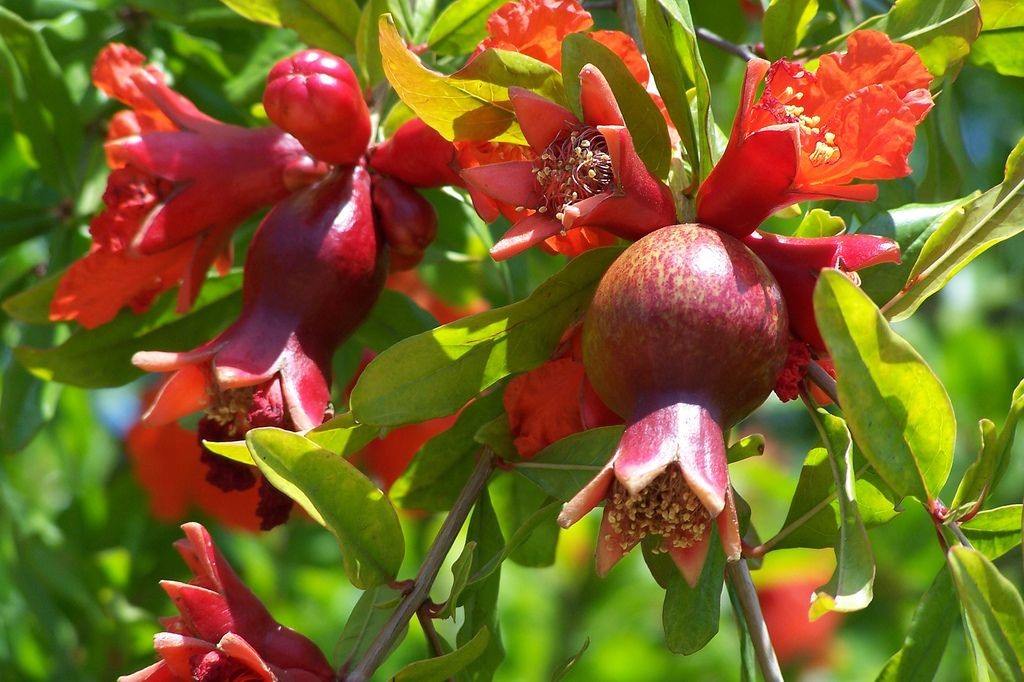
The red spectrum is needed at a lower end of the Kelvin scale when your plants are into the fruiting and flowering stage of their life as it is of low energy, promoting flowering, blossoming, and growing fruits. Using more bulbs with a kelvin range of 2000-3000 is beneficial for this stage. In addition, you need to switch to the higher-pressure sodium bulbs for using HID lighting, as they give you more red lights.
Conclusion
People debate between led vs. fluorescent grow lights for better growth, but we have already discussed which light is overall perfect and how each light has its own working in green and healthy growth. We suggested it because we know how much you love your little creepers and crawlers.
On that note, we are winding up and will meet again next time with a new topic. Till then, do let us know if the post was beneficial for you in any way, and always keep visiting us for more such incredible and extraordinary stuff.

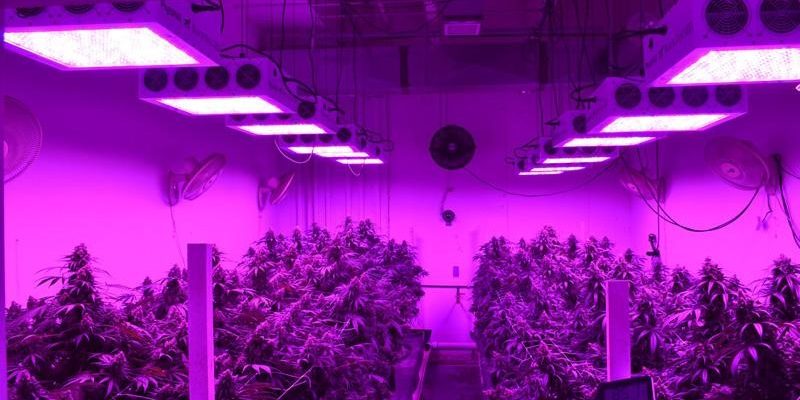
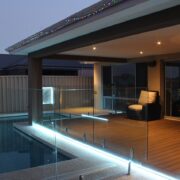

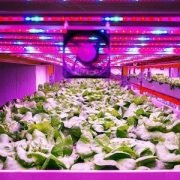
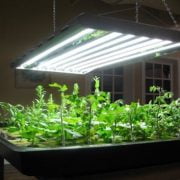

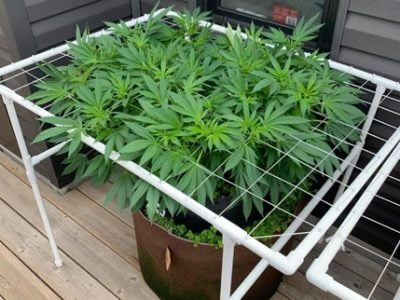
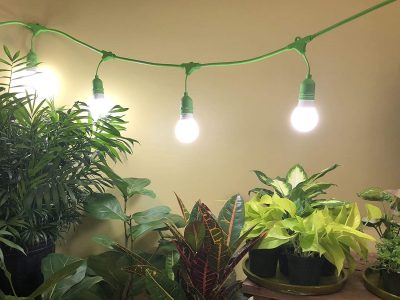

Comments